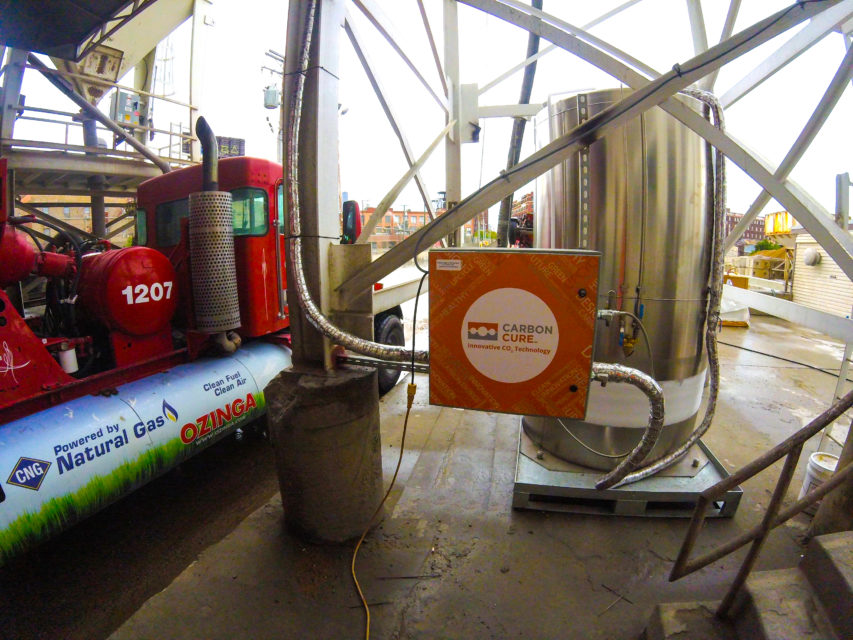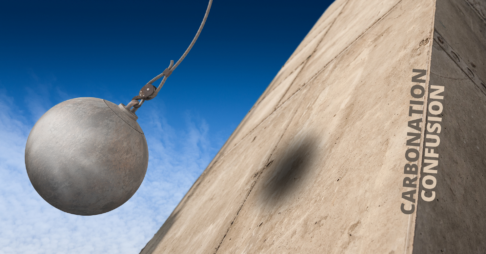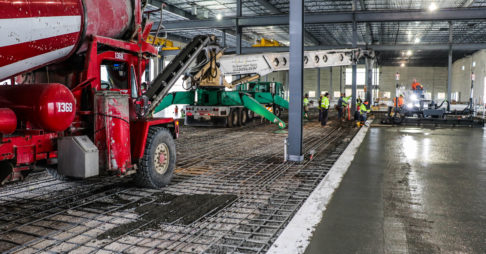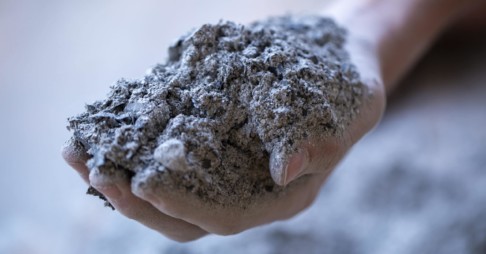Blog by Ryan Cialdella, VP of Innovation and Market Development, Ozinga
Across the world there is an ever-growing trend to reduce carbon emissions and other harmful greenhouse gasses. The biggest and most profitable companies in the world are making public commitments to reduce their carbon footprints as small to medium sized corporations follow suit.
Key to their strategies is to design and construct buildings with a lower embodied carbon footprint. As a result, this gives building material suppliers a unique opportunity to be a part of cultivating innovative sustainable solutions for the construction industry and beyond—but they need to be brought into the conversation early.
Strong strategic partnerships are crucial in any industry, but especially when it comes to construction projects. These often long-term projects have several important stakeholders who are needed for a successful outcome. Property owners, architects, structural engineers, contractors, sub-contractors and material suppliers all play a key role when it comes to the planning and execution of more sustainable buildings.
The problem is that suppliers will often not be brought into the planning early enough and made aware of the carbon reduction objectives. The suppliers get overlooked, due in large part to the misconception that they cannot possibly contribute to the carbon reduction goals—but companies like CarbonCure and Ozinga are working together to change that.

Ozinga is a fourth generation, family-owned, building material supplier that has been providing solutions for the construction industry since 1928. With a commitment to leaving a positive impact on individuals and the community for generations, Ozinga is passionate about helping other organizations reach their sustainability goals as well. To accomplish this, Ozinga has sought to find more sustainable ways to build, move materials, source materials, and even fuel equipment and machinery.
<div style="width:100%;height:275px;"><embed src="https://mycarboncureapi.com/widgets?widgetName=embeddedTicker&version=1&name=Ozinga Ready Mix&id=1759&accid=403&timeframe=All Time&units=Imperial&production=Truckloads&environmental=Cars" height="100%" width="100%"/></div>
In our own American Association of State Highway Officials (AASHTO) and Cement and Concrete Reference Laboratory (CCRL)-certified research and development lab, Ozinga engineers work to reduce the cement content in our concrete by utilizing supplementary cementitious materials, recycled materials, admixtures and other alternative cements that meet ASTM C595 and C1157 criteria. These mix designs are thoroughly tested to ensure that we deliver the same reliable, high-quality concrete with one difference: a reduced carbon footprint.
Ozinga also uses CarbonCure for additional cement savings by injecting captured carbon dioxide (CO2) into our concrete. By utilizing these and other more sustainable solutions, Ozinga has obtained both plant and product-specific Environmental Product Declarations (EPDs) that are third-party verified and available on-demand.
I am pleased to see that similar actions are being adopted by fellow concrete producers in the United States. Our collective ability to decarbonize the built environment with low-carbon mixes—along with other sustainability strategies—is elevating our industry and offering newfound opportunities to bring ready mix suppliers to the table earlier.
To take advantage of these new opportunities, many fellow concrete producers are actively securing relationships with owners and the design community. In addition, companies can take advantage of services with their suppliers. For example, we have engaged the Market Development services of CarbonCure. They offer co-branded marketing collateral, spec language, lead sharing and sales and messaging training to help us uncover and win new business opportunities.
The rewards of early conversations are significant. For example, when developers with the City of South Bend and the University of Notre Dame brought Ozinga into the planning and specification process early on, we were able to propose multiple ways to achieve the goals for the Rieth Riley project. Most recently, we collaborated closely with the developer and design community on the iconic McDonald’s Flagship store in downtown Chicago and an Altorfer CAT dealership of over 7,000 cubic yards (5,352 cubic metres), and delivered mixes designed to meet their robust sustainability goals.
The drive to decarbonize the built environment is driving numerous opportunities for concrete producers. The key is collaborating early in the process and demonstrating the significant value and expertise we bring. By doing so, together we are elevating our industry and concrete is being recognized as a significant solution.

Razing a Common Misunderstanding: Early-Age Carbonation vs. Atmospheric Carbonation in Concrete

